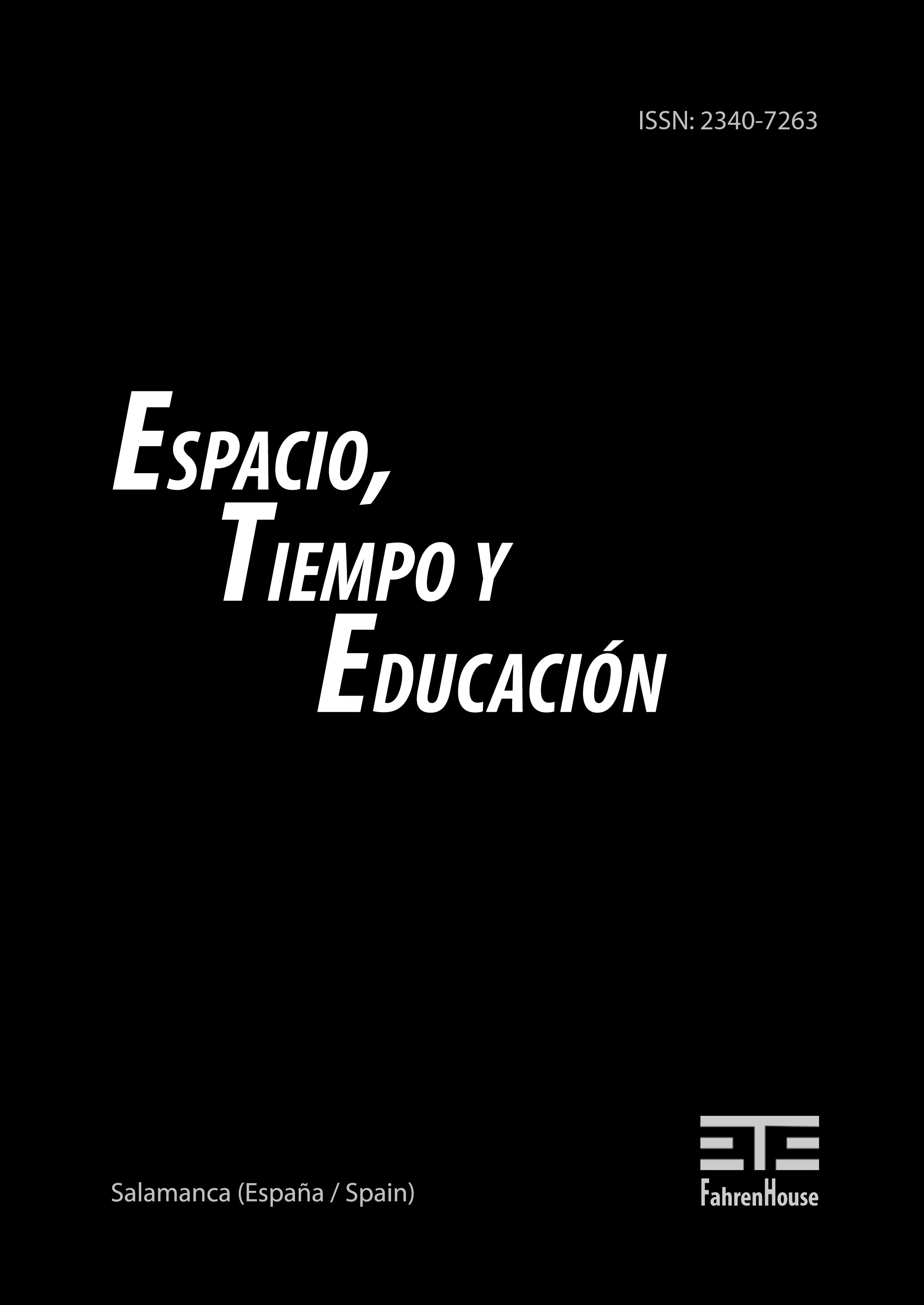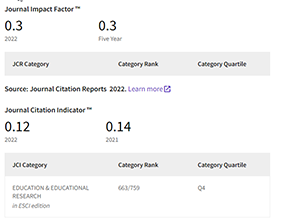Enhancing Vocabulary Learning throughTechnology: AI-Driven Pushed Output Hypothesis for Saudi EFL Learners
DOI:
https://doi.org/10.14516/ete.11211Parole chiave:
Vocabulary Learning, EFL Learners, Saudi Arabian Students, Pushed Output, Technology-Enhanced Learning, Vocabulary Acquisition, Lexical ErrorsAbstract
The study explores the impact of AI-driven technology in enhancing vocabulary acquisition among Saudi EFL (English as a Foreign Language) learners. It employs the Pushed Output Hypothesis (POH) as a theoretical framework, emphasizing the role of AI in promoting active language production. The study highlights various AI tools and their effectiveness in improving learners’ vocabulary retention and usage. The significance of the study lies in its comprehensive analysis of students’ work, highlighting the
impact of language instruction on vocabulary size and lexical errors. A mixed-methods approach was used to analyze quantitative vocabulary size (measured via V_Words) and qualitative lexical errors (categorized using Engber’s 1995 taxonomy). The study involved three male Saudi undergraduate EFL learners enrolled in an English degree program at Albaha University. Each participant engaged in all three conditions over five weeks, submitting nine writing samples in total. Findings reveal that the pushed email condition significantly outperformed both classroom-based conditions, leading to greater vocabulary expansion and lexical accuracy. The study highlights email as a viable AI-enhanced tool that enables learners to self-correct, reflect on language use, and develop metalinguistic awareness in a low-pressure, asynchronous environment. These findings contribute to the growing discourse on technology-enhanced learning and its role in optimizing vocabulary acquisition. Despite its contributions, the study acknowledges limitations, including sample size constraints, demographic homogeneity, and the short-term nature of the intervention. Future research should explore longitudinal effects, gender-based variations, and alternative AI-driven feedback mechanisms.







